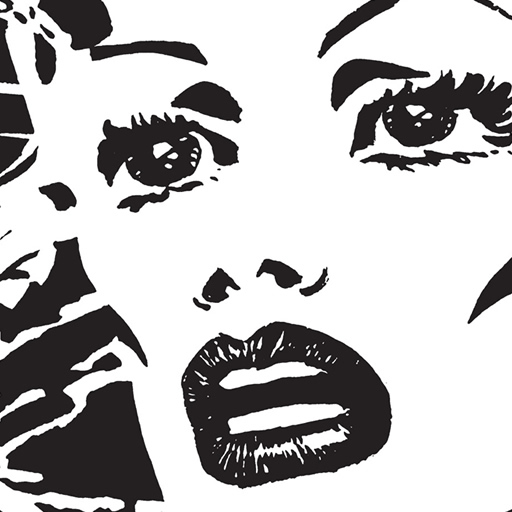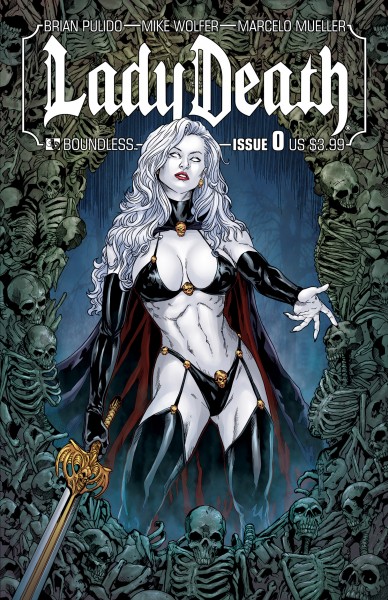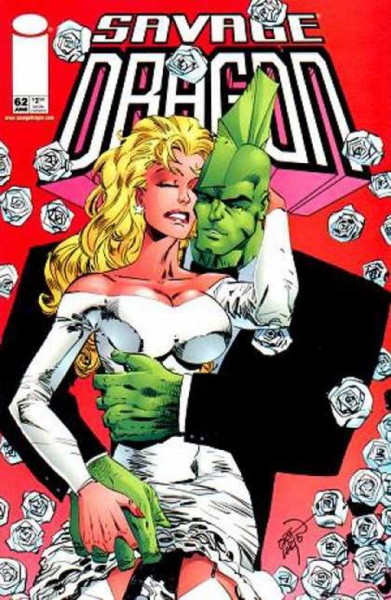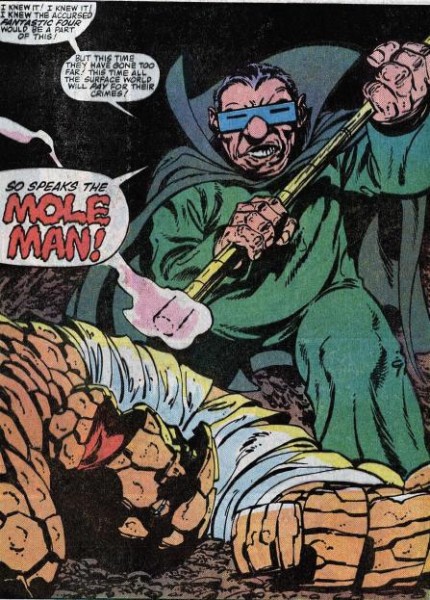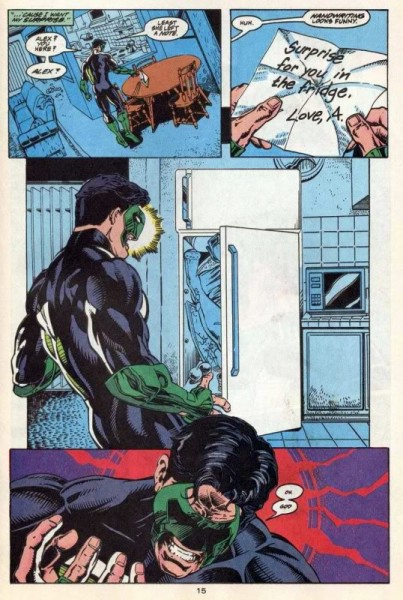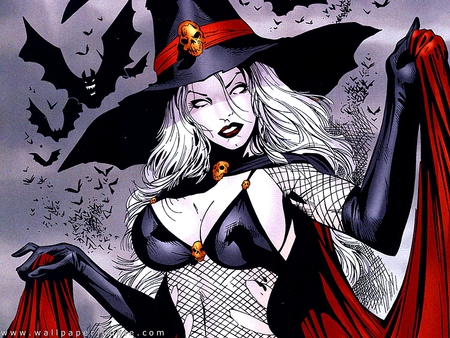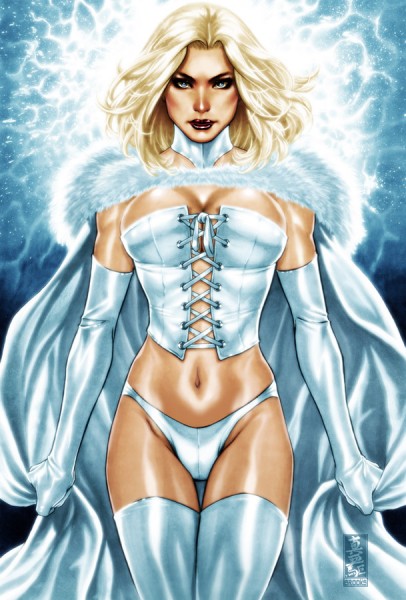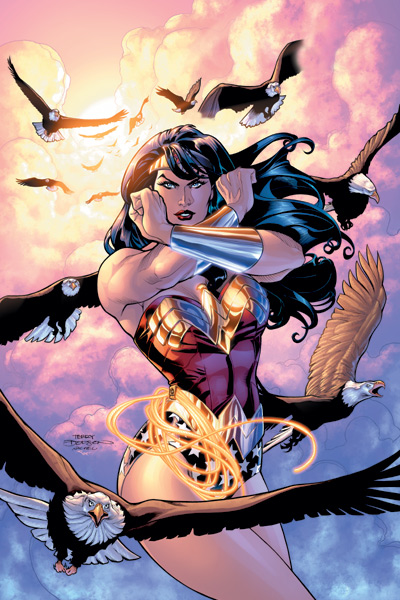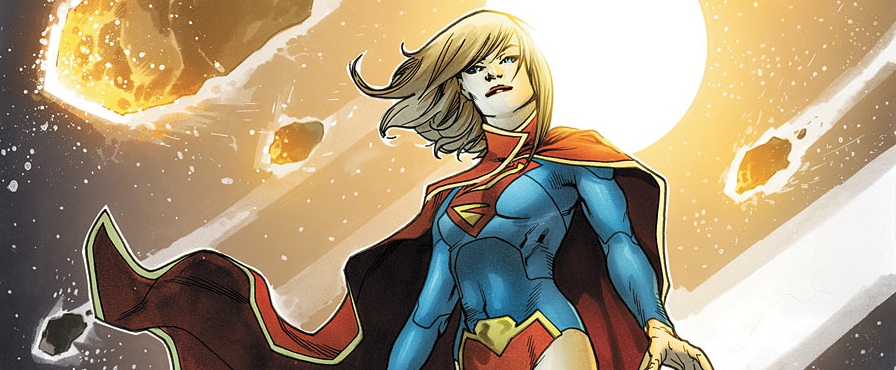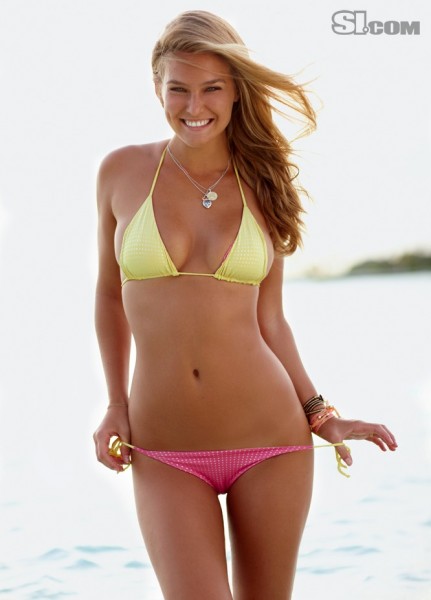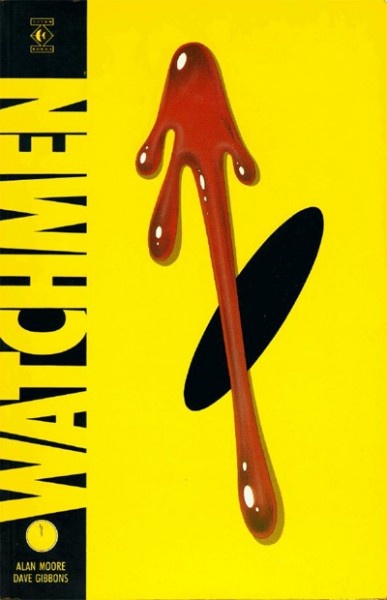When was the last time you read a comic book with a woman in it? Probably the last time you read a comic book. But when was the last time you read a comic book with a real woman in it? I’m not talking about women with capes and silly costumes, or pulpy femme fatales. I’m not talking about Boris Vallejo-inspired pin-ups who wear lingerie in lieu of battle armor, or female characters who say ridiculous things because they’re written by men who have no idea what real women sound like.
To be fair, there are a lot of poorly written male characters, too. But still, women have had it fairly rough in comics over the years. There are probably any number of reasons for this; you could point to the overwhelmingly male readership and creator-ship, and say something smart about the male’s intrinsic need to fantasize about exerting dominance over women, or the fetishization of the female body. And maybe you’d be right, judging from characters like Dejah Thoris and anyone in any of Jim Balent’s comic books.
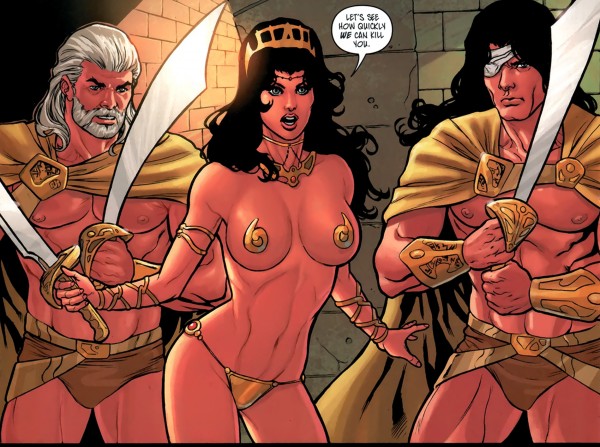
There are exactly two things to like about "Warlord of Mars: Dejah Thoris", both of which are on display right now. Art by Carlos Rafael.
Whatever the reason, like I said before, female characters don’t exactly have it easy most of the time. It may be because in general women haven’t exactly had it easy most of the time throughout history [pause to allow vast understatement to sink in]. Women have been mistreated in comics an inordinate amount, though. I mean, they have been really mistreated. Take Green Lantern Kyle Rayner’s girlfriend, who was killed and ended up in a refrigerator. Apparently, all of Savage Dragon’s girlfriends are dead.
Batgirl was paralyzed when the Joker shot her. Starfire of the Teen Titans has been raped and forced into marriage twice. According to reports, Daredevil’s girlfriend Karen Page got on drugs, made adult films, and caught HIV before she died. Really, comic books? Really?
Once again, to be fair, there is plenty of violence in comic books in general, and there’s an abundance of it happening to men, too. For example, remember that story arc in Fantastic Four where the The Thing loses his powers and gets sexually tortured by the Mole Man? No? That’s because that never happened. Things like that don’t generally happen to men in comics.
So what’s the deal? I can’t begin to account for all the awful violence that is done to women in comics; it’s there, and it’s disturbing. Why did Major Force have to not only kill Kyle Rayner’s girlfriend Alexandra DeWitt, but then mutilate her and shove her in a refrigerator? Even worse, consider David Lapham’s story arcs on the zombie comic Crossed, in which the rapes per issue probably averages out to around .87 (and that’s just the humans raping each other; the number probably raises to around 2.1 if you include the zombies, too).
This may be a microcosm of the larger problem with the representation of women in media to begin with; in Frank Herbert’s novel Dune, the villain is portrayed as a pederast, and the subtext seems to be that, not only is he a pedophile, he’s even worse because he rapes boys instead of girls. I find it ridiculous and cruel that mass culture apparently places the rape of a man above the rape of a woman in severity. And don’t get me started on victim-blaming, which could be an entirely other article (but not  a comic book one).
As if all that isn’t bad enough, women are often used as scenery rather than as real characters in film and television; just ask Megan Fox, who got replaced not by another actress for Transformers 3, but a Victoria’s Secret model. Megan Fox obviously got hired for her “acting talents”, right? Her filmography since then proves that. As I said before, this problem seems endemic not only to media geared towards men, but also media in general. Look at the sitcom King of Queens; can I see a show of hands of people who really believed Leah Remini and Kevin James were a good match? Not to insult Kevin James unduly, but Doug Heffernan did way better for himself than he really had any right to.
As for the portrayal of women in comics (and media) as sex objects, I think the over-sexualization of female characters’ appearances in comics exceeds even that of media in general. And I get it. I really do; sex sells. It’s a lot easier to sell a mediocre sword-and-sorcery comic that has a buxom woman in her underwear on the cover than one that has actual swords and sorcerers on the cover.
Don’t get me wrong, there are some fantastic comics going right now with strong female characters (Brian Azzarello’s Wonder Woman, Joss Whedon’s run on Astonishing X-Men and Gail Simone’s Batgirl, among others), but even these aren’t safe: both Batgirl and Wonder Woman are still pretty hot, and Emma Frost (by design) is a nerd’s wet dream.
Even the New 52’s version of Amanda Waller, the stern wrangler of the Suicide Squad, is made attractive. Previously, she was an overweight, dour African-American woman with no regard for human life and a take-no-prisoners worldview, but now she’s a younger, attractive African-American woman. And since she’s attractive, I suppose it’s ok to humanize her (which was never done in her previous incarnation), as they do in issue #5, wherein it’s shown that she has a family, and there’s the suggestion that she has a (somewhat) softer side.
And while the image above is ineffably classier than something from Jim Balent or Zenescope entertainment, it still obviously recognizes Diana’s beauty and plays it up.
But, amongst all this, I find myself in a precarious position; I’m not immune to the charms of the women-folk of comic books. Wonder Woman is one of my favorite characters, and I wish I could say it’s all because of the fun troping on mythology (one of the things I really love about Marvel’s Thor), the interesting stories told by George Perez, Gail Simone, and now Brian Azzarello, and Diana’s stoic, regal nature. The truth? I love all of those things about Wonder Woman, but it sure doesn’t hurt that she’s gorgeous.
I’d like to say here that pretty girls in comic books don’t automatically convince me to buy them. I’d like to think I’m above that, but the more I do, the harder it is for me to believe. I currently follow Supergirl, Batgirl, Catwoman, and of course Wonder Woman; the current stories in all of these books are interesting and worthwhile in their own ways, but, regardless, the fact remains: all of the aformentioned characters are beautiful. Is this a coincidence?
In my defense, I don’t mean to say that the only reason I like these comics are the attractive women; I read the first issues of Aspen Entertainment’s Fathom and the New 52’s Voodoo, and promptly gave up on them because of sub-par writing and plotting. However, there’s still a part of me I can’t escape, an almost vestigial adolescence when it comes to the opposite sex. It’s this part of me that secretly feels a little giddy when the Sports Illustrated Swimsuit models come on David Letterman when the issue comes out every February, the part of me that will watch any movie Nicole Kidman or Salma Hayek is in.
At any rate, in spite of many comics readers (myself included), there is hope for women in comics. Terry Moore’s Strangers in Paradise as well as his new series Rachel Rising are both wonderful, tasteful portrayals of strong women in comics. Additionally, indie comics author Monica Gallagher’s online comic Gods and Undergrads is moving and quirky. So whatever you do end up reading, don’t be afraid to try something different, even if it means reading something that’s fair to its female characters.
Picks for the week: Editor’s Note: Nothing interesting came out this week (Avengers Vs. X-Men was a pick for last week), so Daniel chose classic graphic novels instead of new releases.
All-Star Superman, Grant Morrison, Frank Quitely: Perhaps the most moving Superman story ever written, All-Star Superman is a twelve-issue limited series that’s now available in trade paperback. The art is beautiful, and the writing is pitch-perfect; if you haven’t read All-Star Superman, read it. Read it today.
Watchmen, Alan Moore, Dave Gibbons: Quick, everyone read the original Watchmen before Before Watchmen ruins everything! As if you don’t already know, Watchmen is the greatest graphic novel of all time; it deconstructs the superhero genre and is one of the most chilling Cold War stories ever told. Add to that its dense, incredibly complex plot and its distinctly post-modern sensibilities, and you have something that transcends its media: art.
